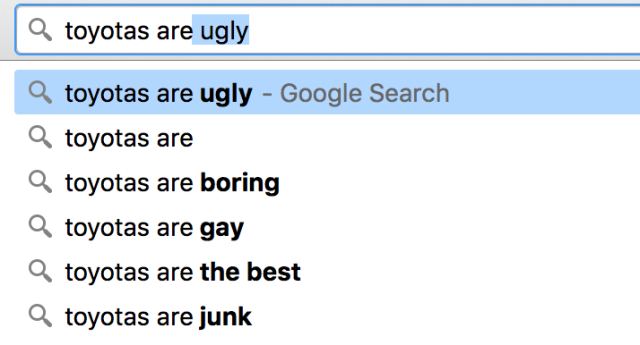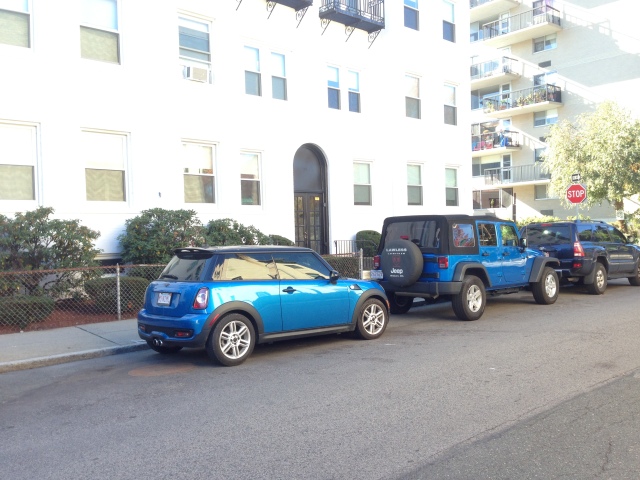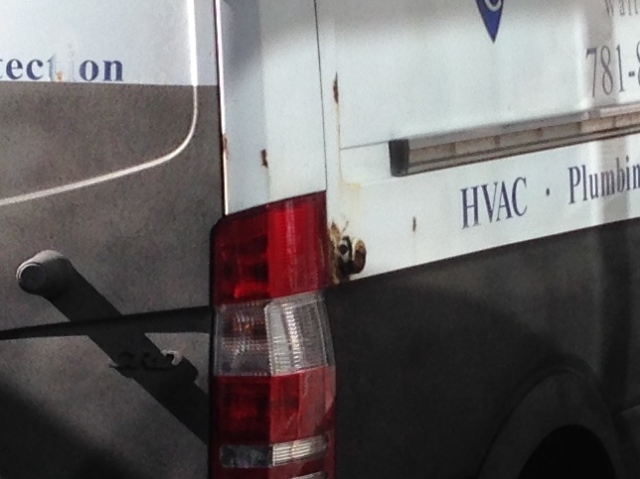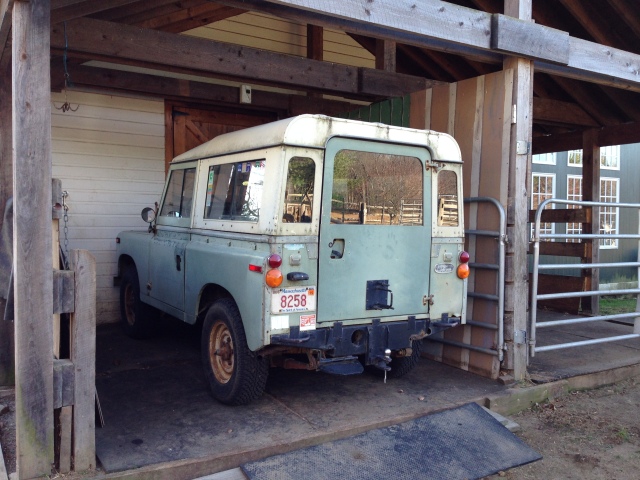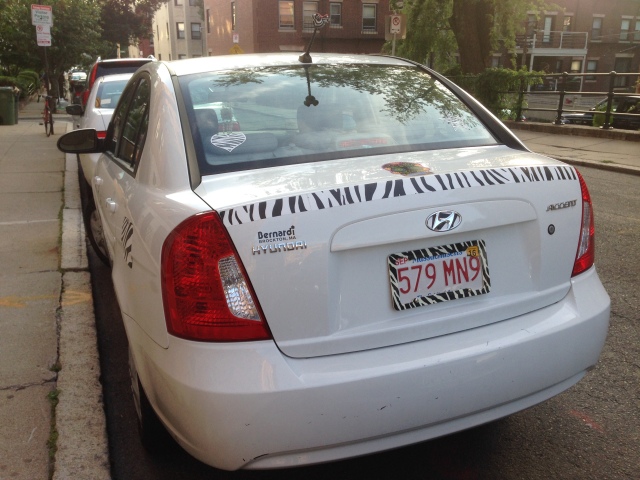It takes a lot more than Bring a Trailer to find a classic for a really good deal.
Finding the car is inevitably the hardest, most uncontrollable aspect. To get an incredible deal, you won’t necessarily have the option to buy the perfect car at the perfect time. The perfect car for a price that you can afford won’t be on Autotrader, Craigslist, or Bring a Trailer. In fact, you will never find the perfect car for an incredible steal, but if you’re lucky, you can find something that is close enough to your dream. Maybe you’re seeking a clean Integra Type-R, but your best friend’s Aunt is thinking about selling her old Civic. As it turns out, that old Civic is an unmolested 2005 Civic Si Hatchback. Sure, it’s not the Integra, but a clean Si Hatch is incredibly rare, very popular with enthusiasts, and accomplishes most of what the Integra can do. The advice I can offer is to buy it, buy it, buy it. And don’t look back.

This is the secret to all the stories on Bimmerworld about finding a perfect e30 325is for $1,000. They were all bought by a family friend who was looking for a 635csi, but jumped on a deal on a great car when they had the opportunity. As The Rolling Stones said, you can’t always get what you want, but if you try sometimes, you just might find…” a clean e30. So what does this mean for most car enthusiasts? Well, it indicates that if you don’t already know people with cool or interesting cars, you probably won’t ever come across the cheap and clean classic that you were dreaming about. Sorry to break that sad news to many of you. And no, this isn’t really going to end with a glimpse of hope for Joe the Car Enthusiast in Central Connecticut. The story does end, however, with a glimmer of hope, and potential bankruptcy, for me.
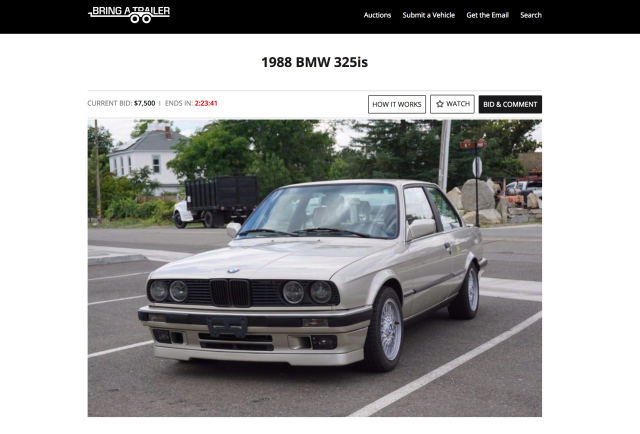
I discovered the opportunity to purchase a one owner, well used but not junky e30 325e. This is certainly not a desirable car compared to a clean 325is, but for $500 it’s hard to say no to a cult classic. I expressed interest in the car a full year and a half before the owner decided to sell because I had heard that the owner, the father of a friend, was considering selling the car for cheap. This is representative of how enthusiasts must seek out the unmolested classics and future-classics. Don’t wait until they get on Autotrader. That is just too late.
To further illustrate the importance of knowing the right people, I want to share another example that took place before my spontaneous purchase of the e30. My neighbor owned a 250,000 mile 964 that I always envied. I asked him about it repeatedly, inquiring about everything. Eventually, when time came to sell, he mentioned it to me in case I was interested. While a 250,000 mile 911 is not going to be Concours quality, the price would certainly be dollar-menu cheap. With a clear and extensive service record, I thought I shouldn’t pass this up. I did, though. And now I don’t own a dirt-cheap 964 911. I learned my lesson, and now own a messy, slow, and classic blue over blue e30.
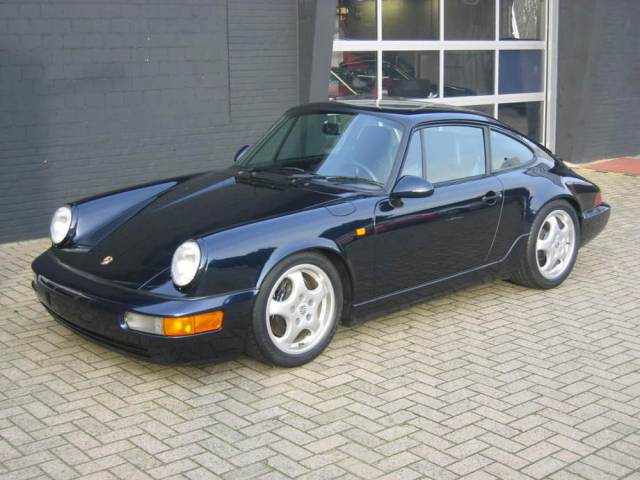
Right away, I need to say that owning this e30 325e has not been particularly easy. I immediately needed to replace a bevy of insignificant but essential components, like the missing trunk lock and frozen drivers door lock. However, the car drove well, braked strong, had no warning lights, and usually started on the first try. The Eta was plain quick in comparison to the only other classic car I was used to- an even older, more dilapidated 1970 Series II Land Rover. So yes, I was happy with the purchase, and enjoyed the car for two drives between Boston and NYC, street parking in Boston, jaunts to the beach, and any other non-essential task. I have thoroughly enjoyed my spontaneous classic car ownership, but the past year and a half with the Eta has brought me to a likely unpopular conclusion. There is a better way to enjoy a “classic” car than owning a old car. More on this next.




